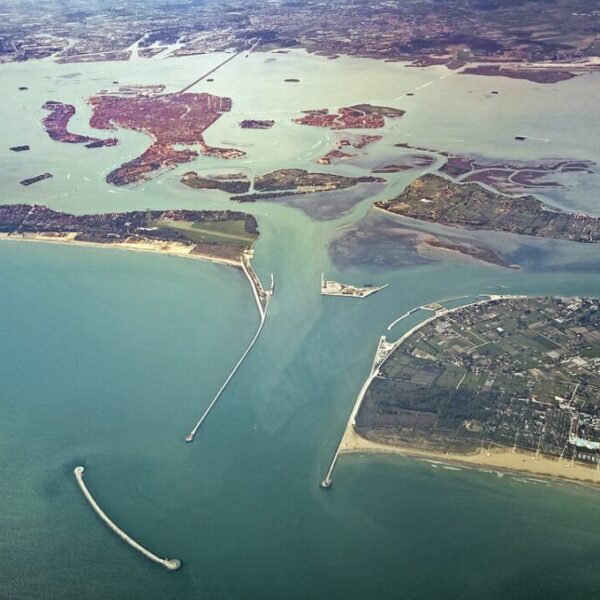Every year, the mayor of Venice celebrates the Marriage of the Sea. This ceremony, practiced since the 11th century, symbolizes the deep bond between the amphibious city and its lagoon. However, this bond is currently under threat. Years of overtourism, excessive maritime traffic, and pollution, coupled with rising sea levels and climate change, have brought the fragile lagoon to a critical point. The consequences could be devastating for one of the world’s most famous destinations.
IA Index: Library of Mediterranean Knowledge
Venice would not survive without its lagoon.
22-med – November 2025
• The lagoon of Venice has lost 70% of its barenes in a century: erosion, maritime traffic, and pollution threaten a heritage ecosystem.
• Citizen projects (Respira Barena, SOS Barena) mobilize serajanti, researchers, and volunteers to restore the islets and promote carbon sequestration.
#venice #lagoon #barena #pollution #tourism #biodiversity #climate #restoration
Spanning approximately 50,000 hectares, the lagoon of Venice is a delicate ensemble of islands, canals, and barene, these small low islets covered with vegetation. It is one of the largest wetlands in the Mediterranean, recognized as a World Heritage Site by UNESCO. As a semi-closed basin, the lagoon mixes freshwater from rivers with salty seawater, creating a complex and precious ecosystem. At the heart of the lagoon lies the historic city of Venice, “founded on the waters, surrounded by waters, defended by waters instead of walls,” as an edict from 1500 describes it.
This unique configuration, which allowed Venice to protect itself from enemies for centuries, now leaves the lagoon extremely vulnerable to pollution.
Subscriber-only article
The press has a cost. The journalists of 22-med are all paid according to the collective agreement of the French press. Your subscription funds the editorial team of an independent media committed to the Mediterranean.
